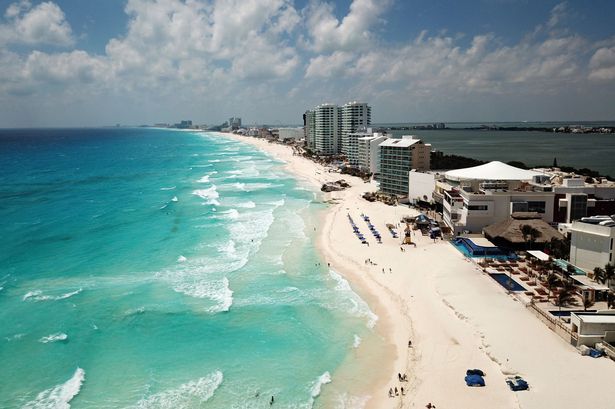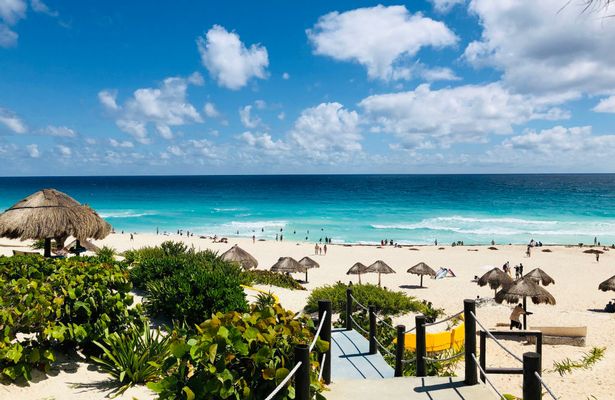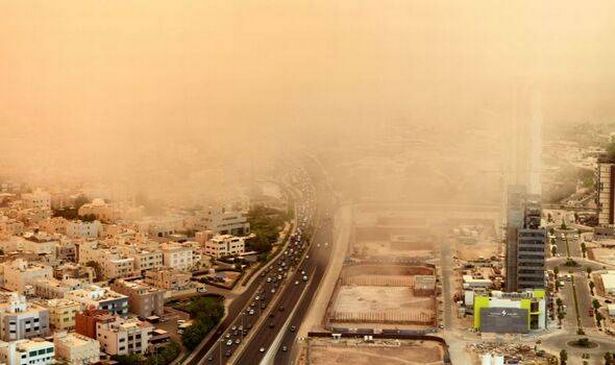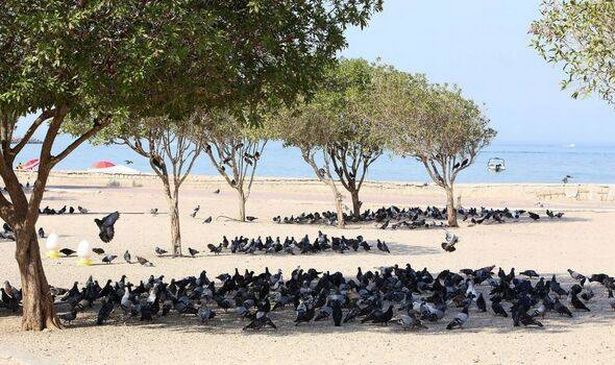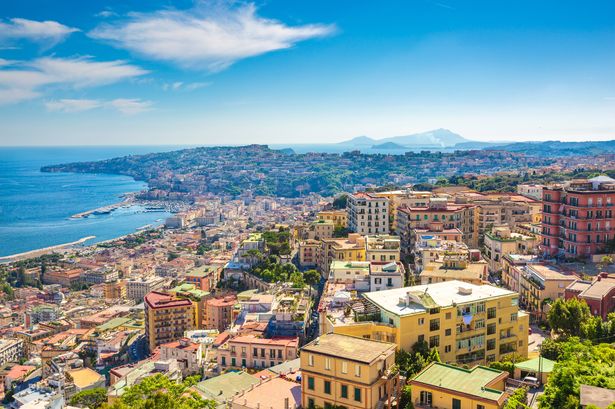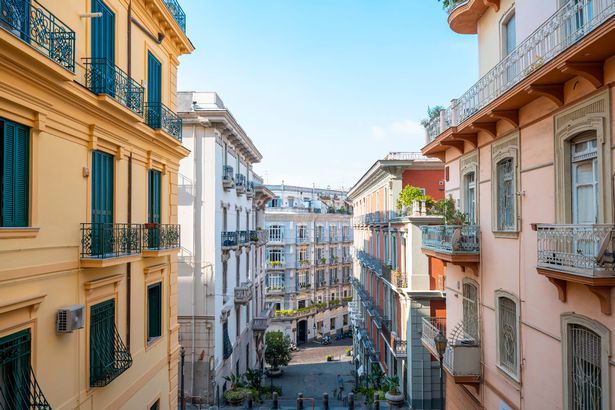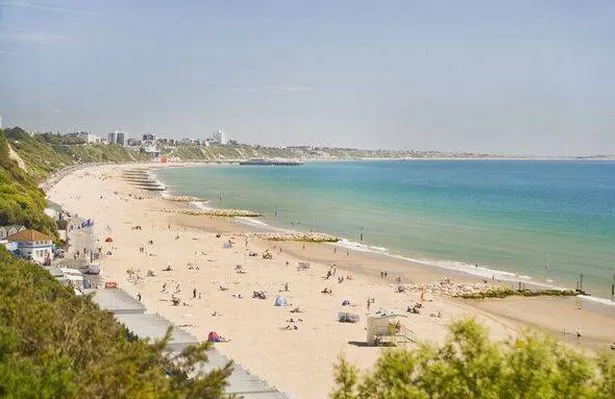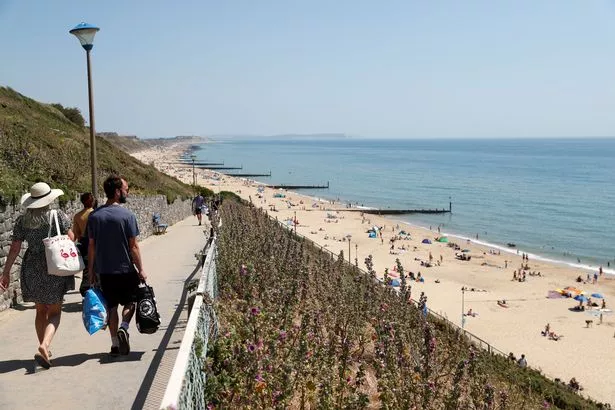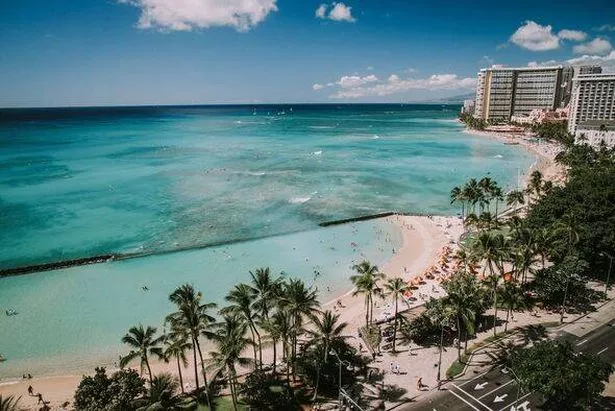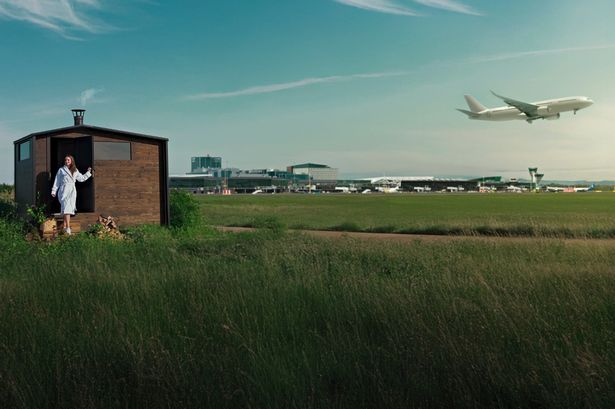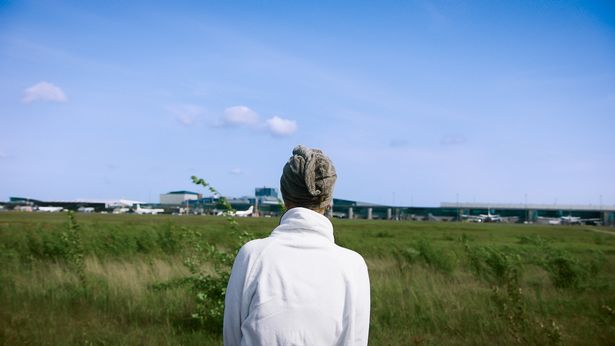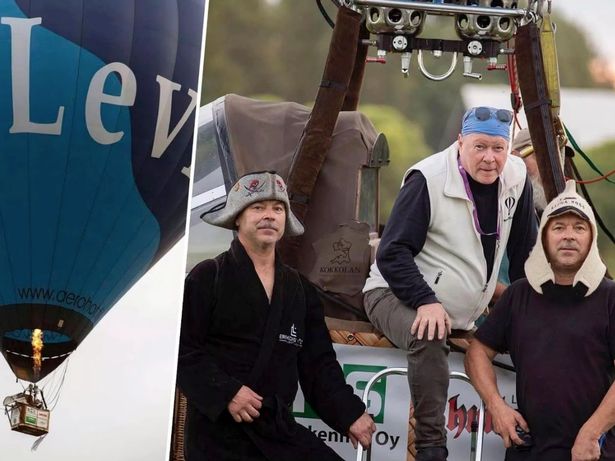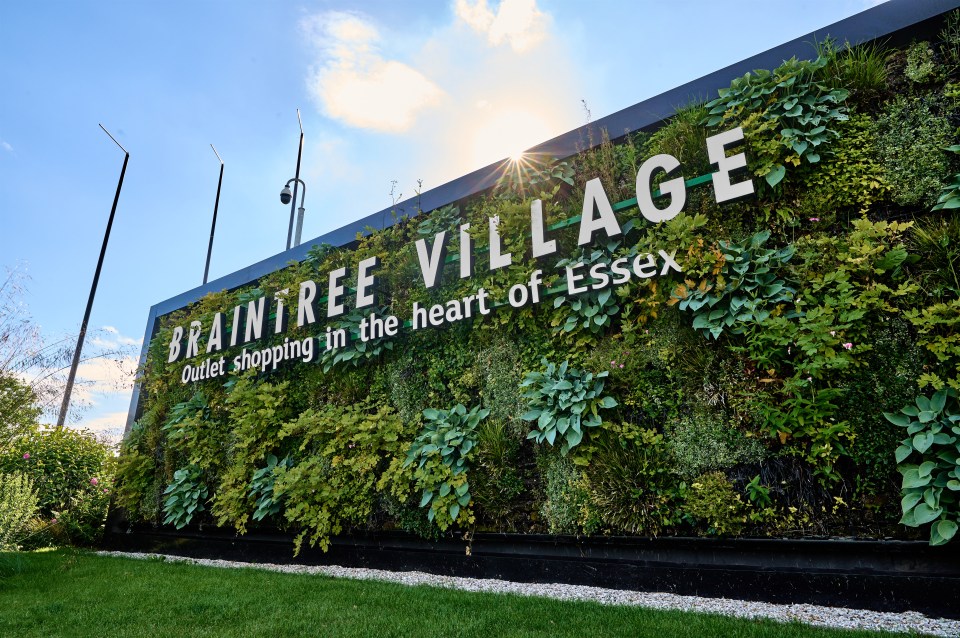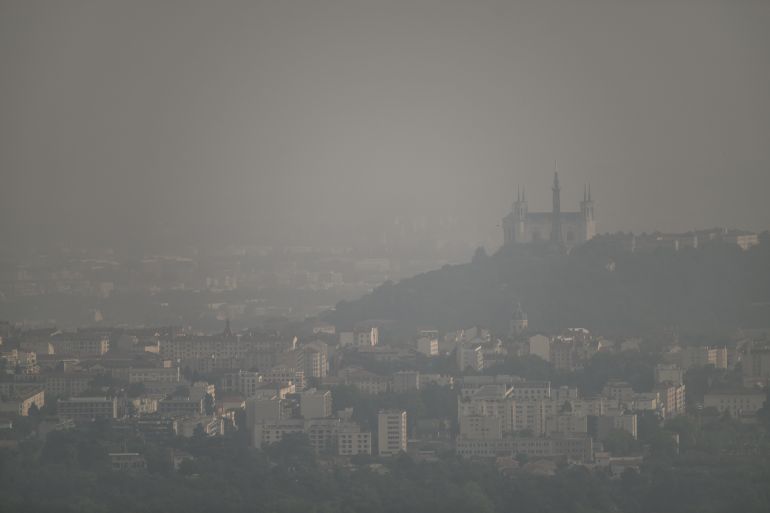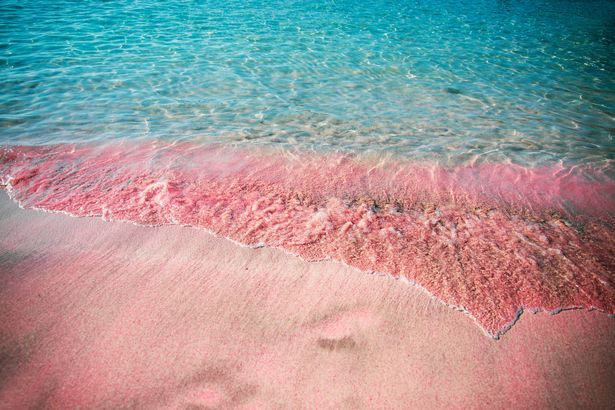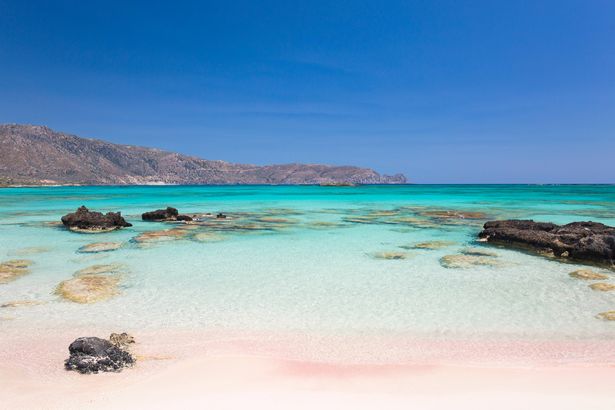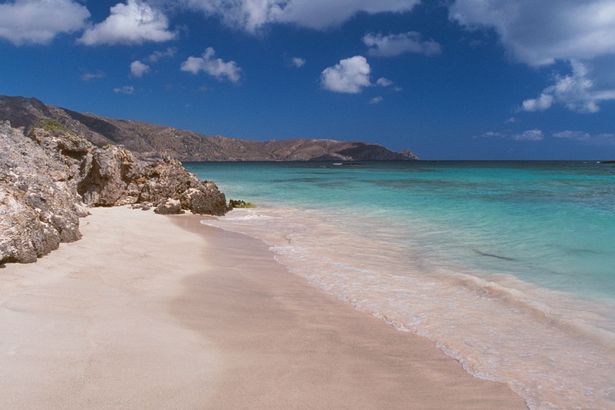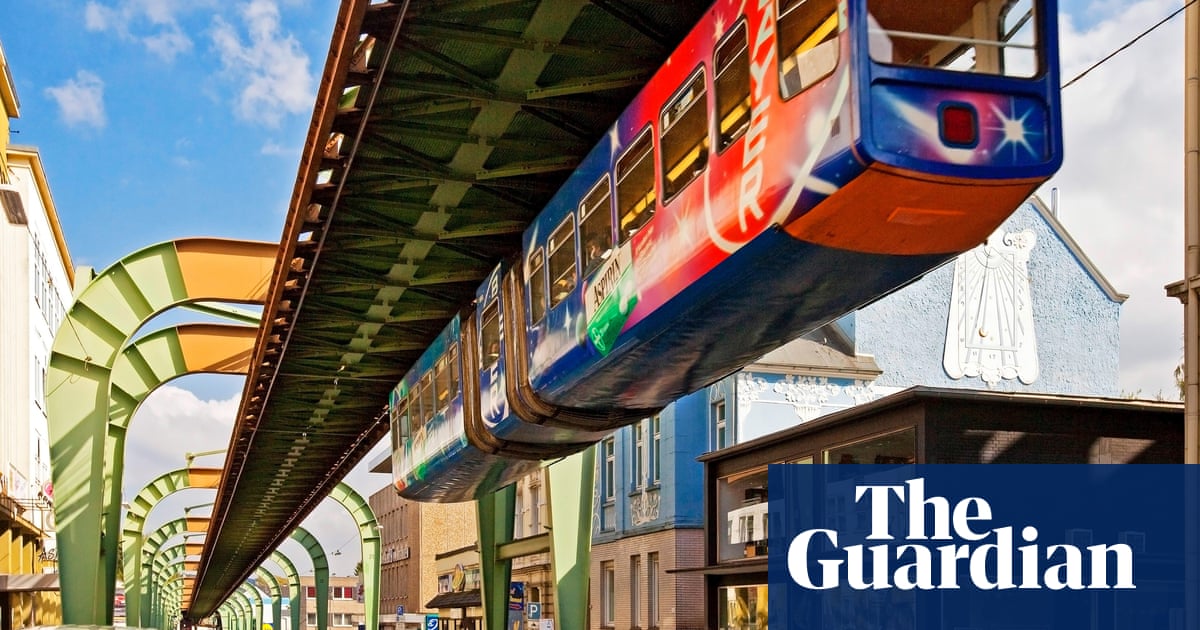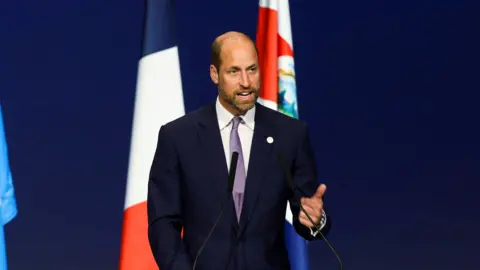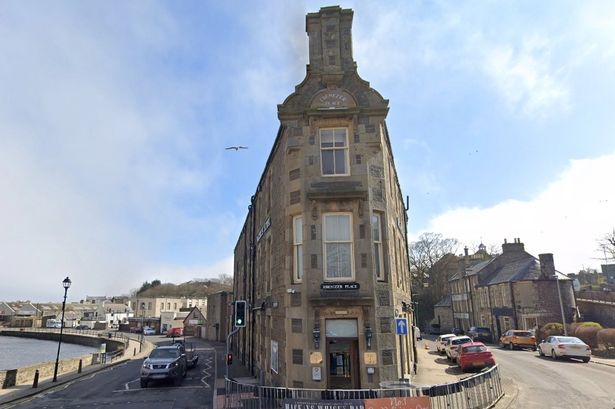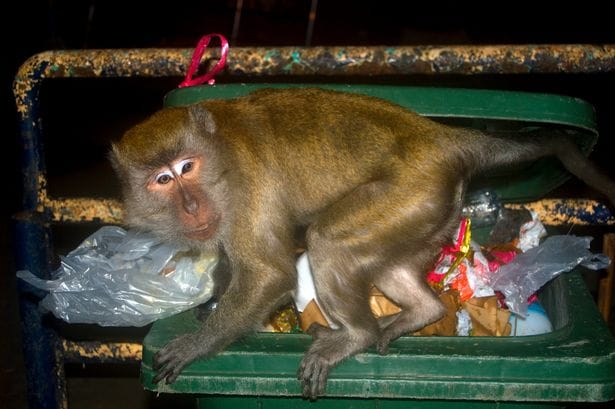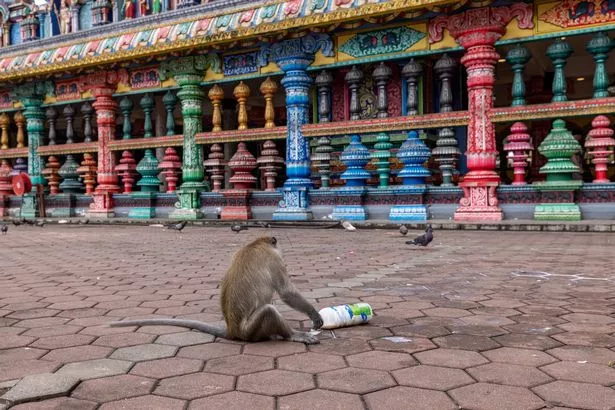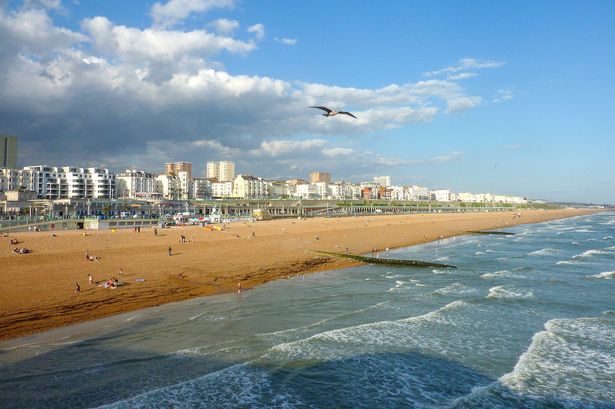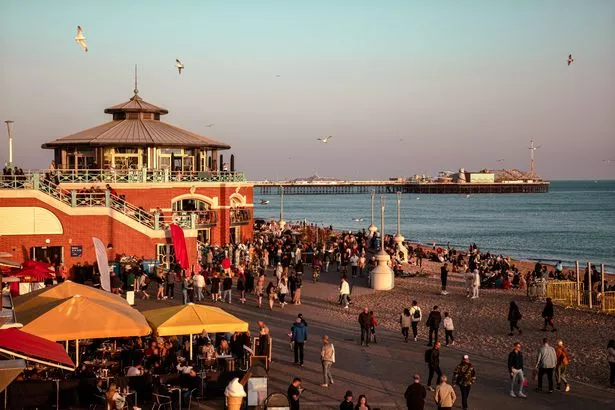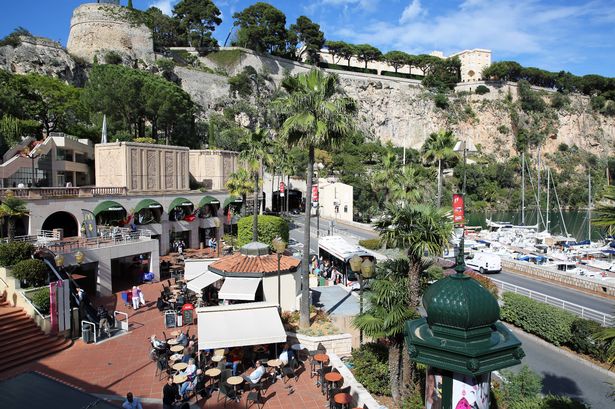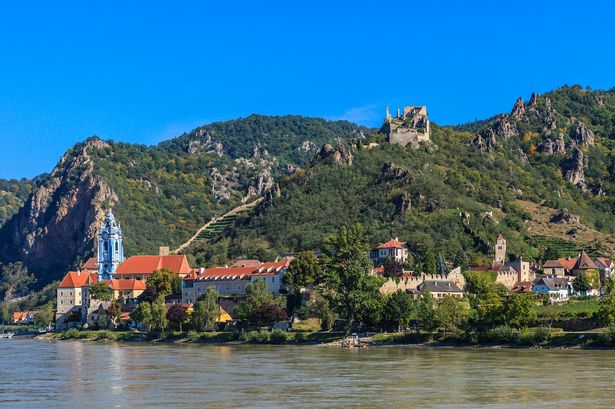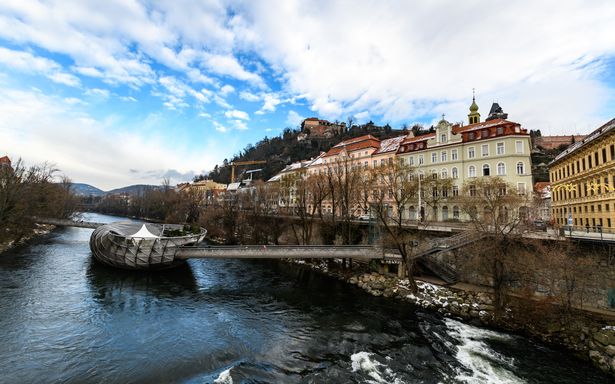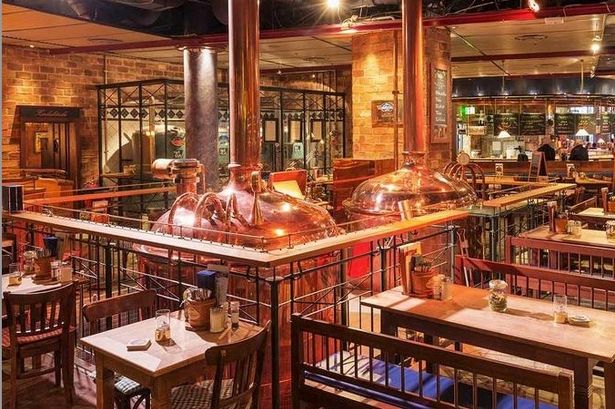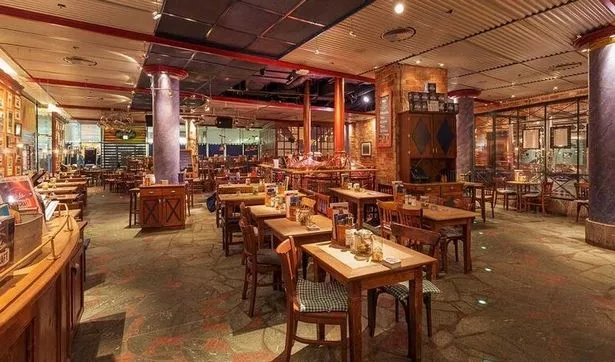Even tourist-riddled areas in this country are starting to be impacted by crime and violence, in a huge blow to UK tourists desperate for guaranteed sunshine and pristine beaches
An increasingly popular tourist destination famed for its sugar-like beaches and turquoise waters has been ranked as one of the world’s most dangerous countries.
Lured in by huge all-inclusive resorts, a ubiquitously fascinating history, and scorching temperatures – Mexico has long been a beloved hotspot amongst UK holidaymakers. Sandwiched in between the US and Guatemala, the country witnessed a whopping 45.04 million international tourists last year, a 7.4 per cent spike compared to 2023.
Whether you’re a history buff dying to see the Aztec ruins, an adrenaline seeker wanting to dive with sharks, or a classic Brit wanting to chill on white sands with a good book and a margarita, there’s no denying Mexico’s mass appeal. But, is it actually a safe country to visit?
READ MORE: Brits start ‘snubbing’ Spain and head to sizzling 38C tourist hotspot instead
“The drug war in Mexico is one of the most violent conflicts on the planet with cartel activity permeating through many levels of the Mexican economy and society,” warns Global Guardian, who named Mexico as one of the most dangerous countries in the Americas – and in the world. “Cartel conflicts continue to drive violence across Mexico, including tourist areas previously less affected, such as Cancun, Tulum, and Puerto Vallarta.
“The current criminal landscape in Mexico is driven largely by the battle between the Cartel de Jalisco Nueva Generación (CJNG) and the Sinaloa Cartel (CDS), though three other major transnational criminal organizations (TCOs) — Los Zetas, Gulf Cartel, and Juarez Cartel — all contribute to high levels of violence. The border regions along with Tierra Caliente, which includes parts of Michoacán, Guerrero, and Mexico states should be avoided, if possible.”
The Foreign, Commonwealth and Development Office (FCDO) currently advises against all but essential travel to parts of Mexico – including certain areas with the State of Baja California, State of Chihuahua, State of Sinaloa, State of Tamaulipas, State of Zacatecas, State of Colima, State of Jalisco, State of Michoacán, State of Guerrero, and State of Chiapas. This is not a blanket ban on the entirety of these areas, with exemptions for the city of Chihuahua, other municipalities, roads, and border crossings.
Under its ‘Safety and Security’ page, the FCDO warns that street crime is a ‘serious issue’ in major cities and tourist resort areas. “Many Mexican and foreign businesses choose to hire private security,” the body states. “You should: research your destination thoroughly, only travel during daylight hours when possible, monitor local media, and tell trusted contacts your travel plans.”
Pickpocketing and theft in Mexico are also common, while many criminals pose as police officers and try to fine or arrest you for no reason. In the past, these scams have heavily targeted travellers driving in rental cars. “Some genuine police officers have extorted money from tourists for alleged minor offences or traffic violations,” the FCDO added. “If this happens do not hand over money or your passport, ask for a copy of the fine, which is payable later, ask for ID, and try to note the officer’s name, badge number and patrol car number.”
Other warnings flagged by the FCDO include drink and food spiking, sexual assault, kidnapping, roadblocks, and unlicensed taxis assaulting passengers. While the Mexican government makes efforts to protect major tourist destinations including Cancun, Tulum, Cozumel, Los Cabos, and Playa del Carmen – criminals have still targeted Brits in these areas.
“Rival criminal gangs have clashed in popular Cancun tourist destinations and surrounding areas,” the FCDO explains. “Gangs have not targeted tourists, but violent incidents could affect anyone nearby. Since 2021, several shootings have affected tourists. Be very cautious after dark in downtown areas of Cancun, Tulum and Playa del Carmen. Stay in well-lit pedestrian streets and tourist zones. Follow advice from the local authorities and your tour operator.”
You can read the FCDO’s full travel advice for Mexico here.
Do you have a story to share? Email us at [email protected] for a chance to be featured.

